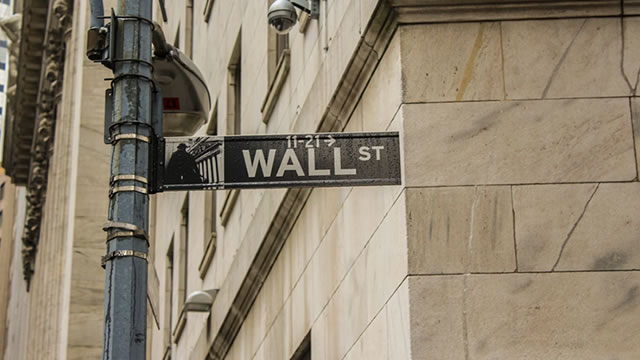The Looming Threat of Inflation: A Warning from the Past
Jeffrey Schmid, an esteemed economist, recently addressed a group of listeners with a sobering reminder of the past. He spoke of the inflationary spiral that gripped the world during the 1970s, a period marked by persistent price increases and economic instability.
A Brief Look Back at the Inflationary Spiral of the 1970s
The 1970s saw a perfect storm of economic conditions that led to an inflationary spiral. Oil prices skyrocketed due to the OPEC embargo, causing a sharp increase in production costs. At the same time, wages were rising due to labor negotiations and worker demands. These factors combined to fuel a vicious cycle of rising prices and expectations of further price increases.
The Dangers of Entrenched Inflation Expectations
Schmid warned that a further increase in prices could once again entrench inflation expectations. This means that individuals and businesses begin to expect prices to continue rising, leading them to adjust their behavior accordingly.
- Wages: Workers may demand higher wages to keep up with the rising cost of living, leading to a wage-price spiral.
- Borrowing: Borrowers may try to repay their debts before interest rates rise further, leading to a decrease in spending and economic growth.
- Investing: Investors may shift their focus towards assets that protect against inflation, such as gold or real estate, rather than stocks or bonds.
The Impact on Individuals
For individuals, an increase in inflation can mean a decrease in purchasing power. The cost of goods and services goes up, making it more difficult to afford essentials. This can lead to stress and anxiety, particularly for those on fixed incomes or living paycheck to paycheck.
The Impact on the World
The impact of inflation on the world can be far-reaching. It can lead to economic instability, political unrest, and even social unrest. Countries with high levels of inflation may find it difficult to attract foreign investment, leading to a slowdown in economic growth.
Moreover, inflation can disproportionately affect the most vulnerable populations, such as the elderly and the poor. They may struggle to afford basic necessities, leading to a decrease in their standard of living.
Conclusion
Jeffrey Schmid’s warning of the inflationary spiral of the 1970s serves as a reminder of the dangers of persistent price increases. While the current economic climate may not be identical to that of the 1970s, the lessons learned from that period are still relevant. It is important for individuals and governments to remain vigilant and take steps to mitigate the impact of inflation.
For individuals, this may mean creating a budget that accounts for potential price increases, seeking out inflation-protected investments, and maintaining an emergency fund. For governments, it may mean implementing monetary and fiscal policies that keep inflation in check.
Ultimately, the best way to address inflation is to prevent it from taking hold in the first place. This requires a proactive approach that prioritizes economic stability and growth, as well as a willingness to adapt to changing economic conditions.





